Campaigning for a fake political party, Tracy & Edwin took to the streets with their party leader to provoke discussions about the current state and aspirations of the Dutch town of Schiedam.
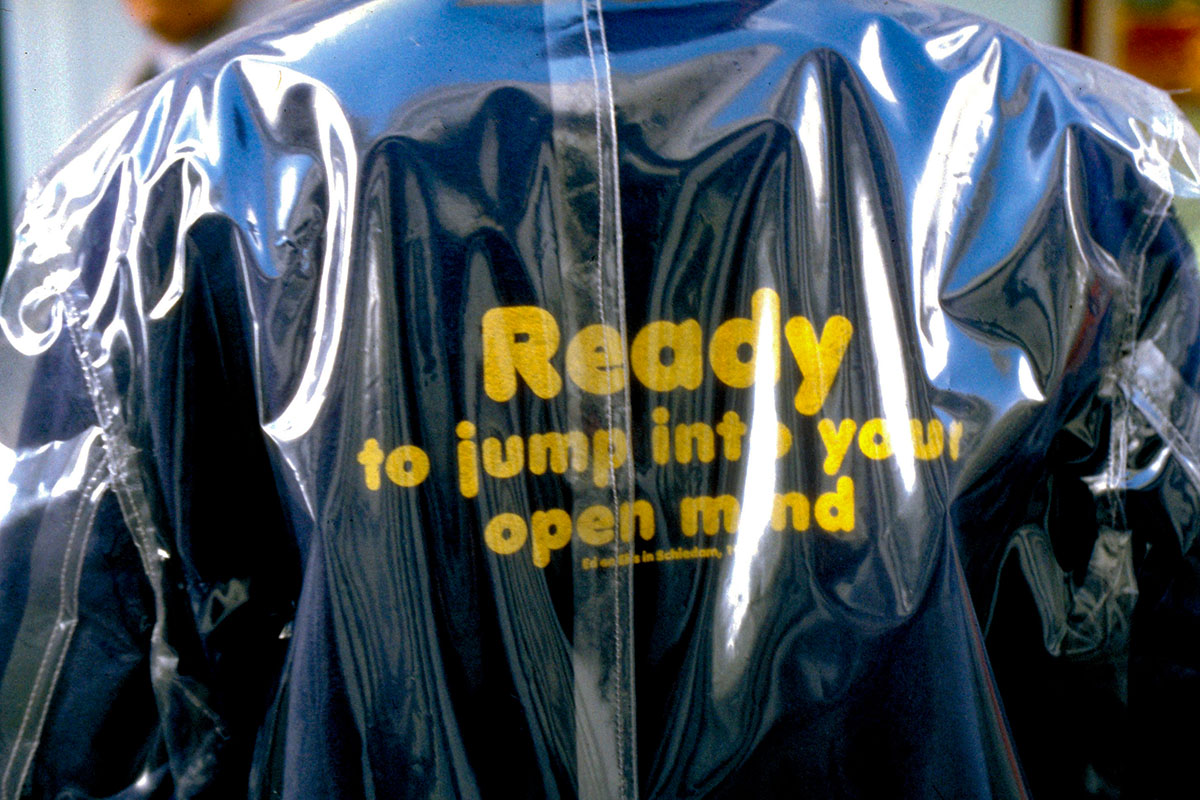
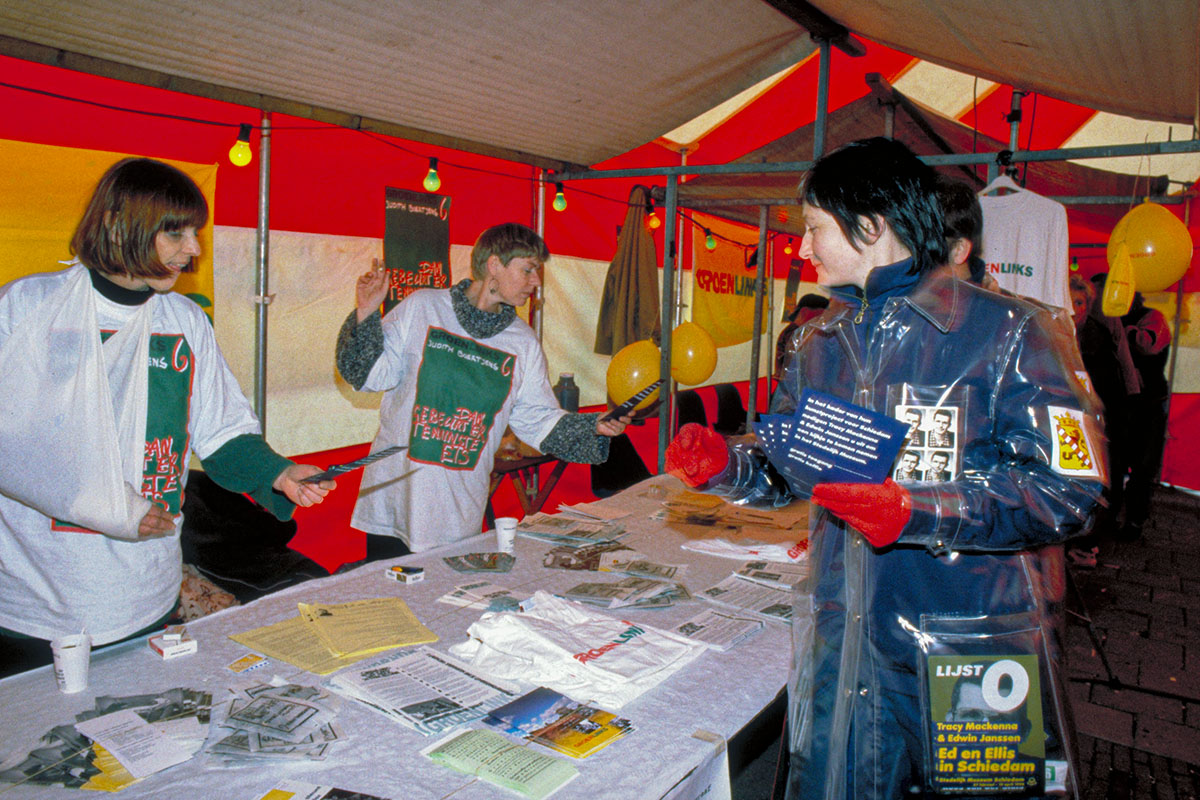
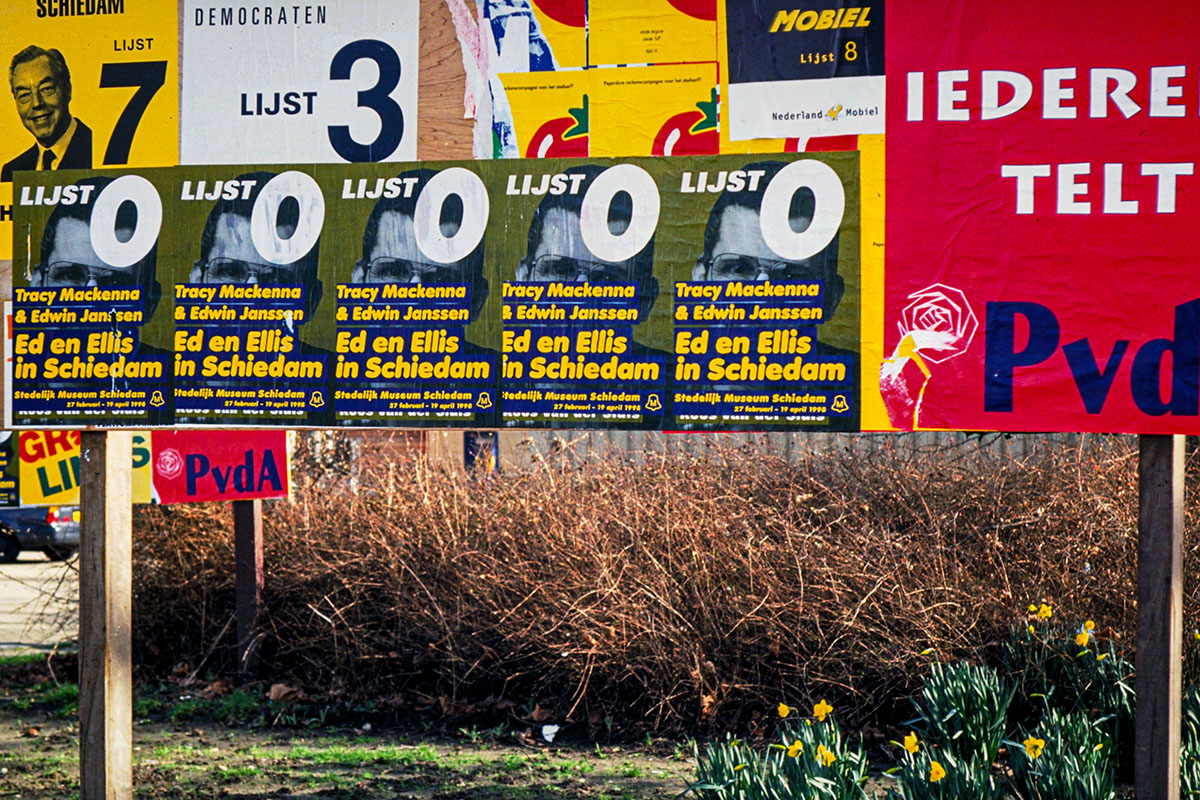
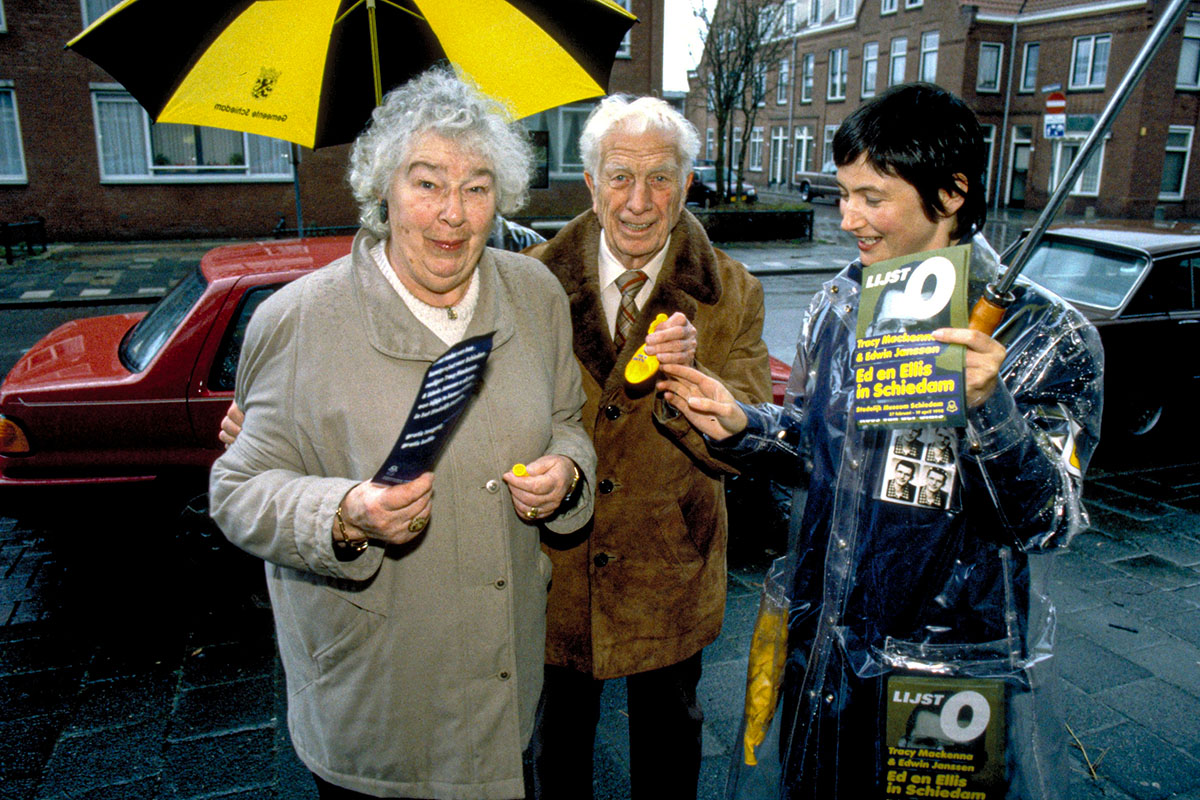
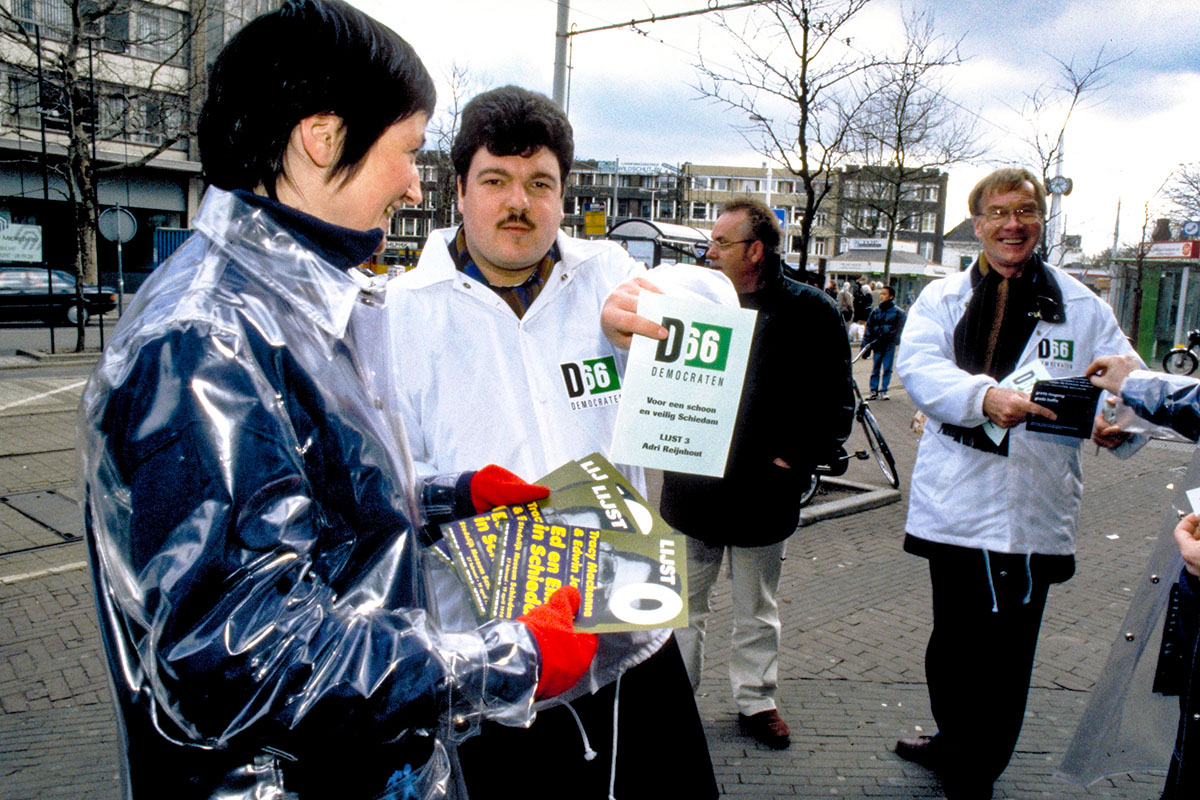
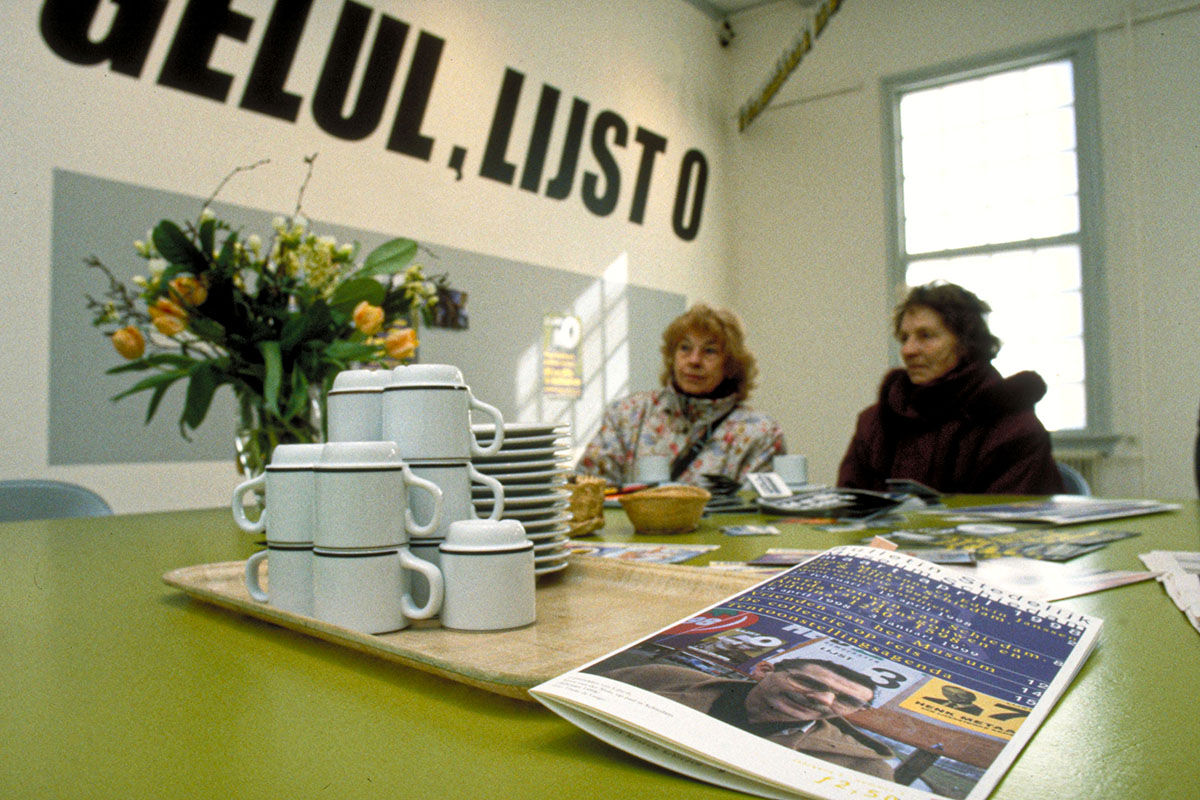
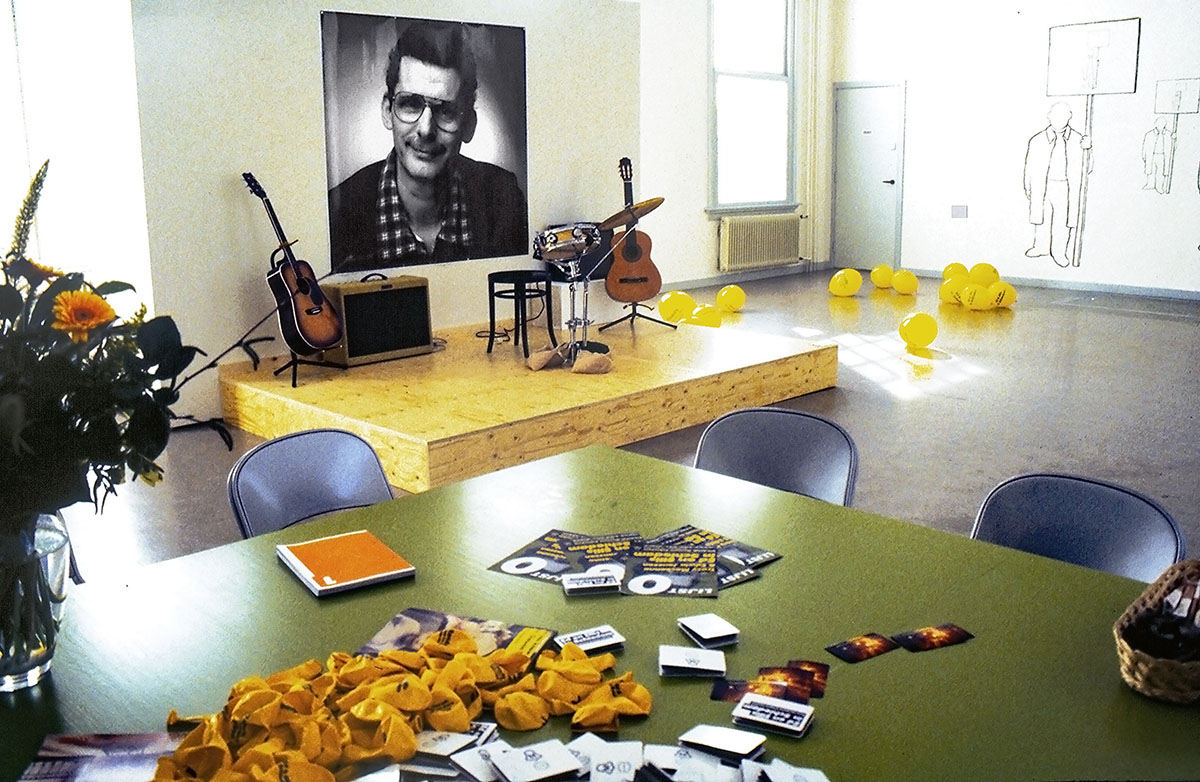
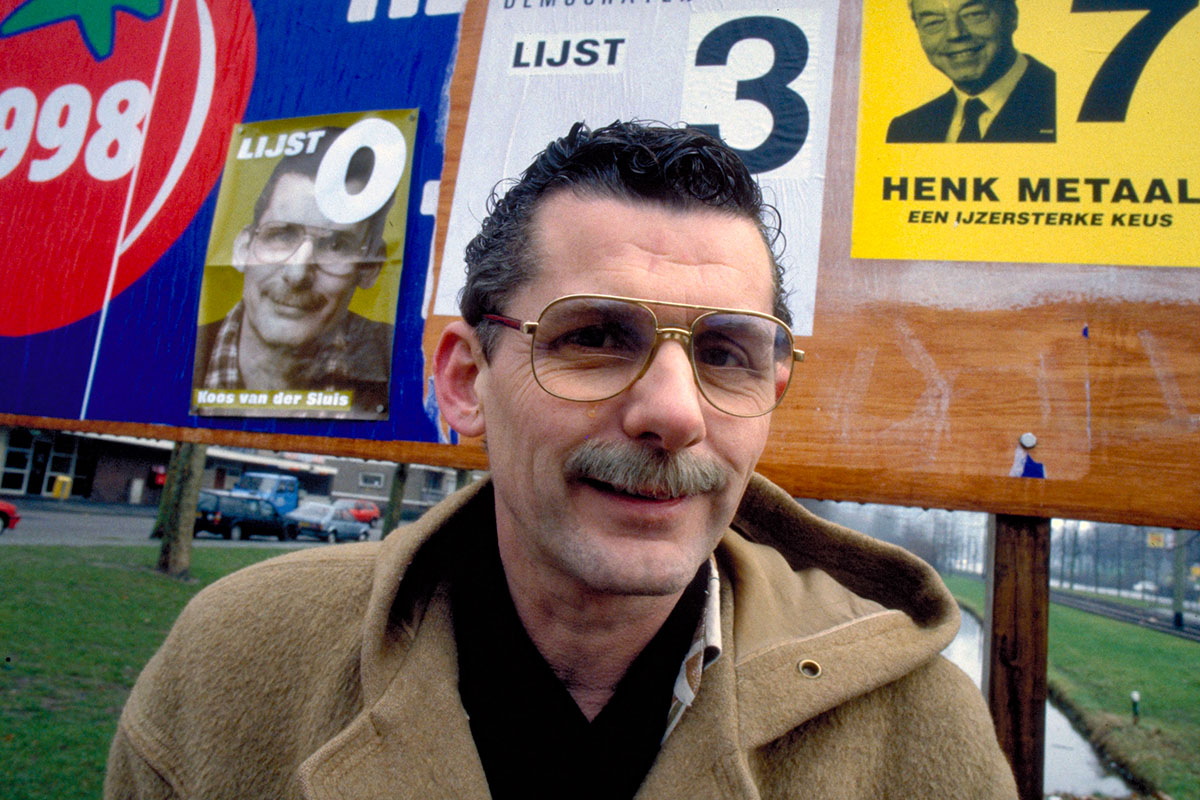
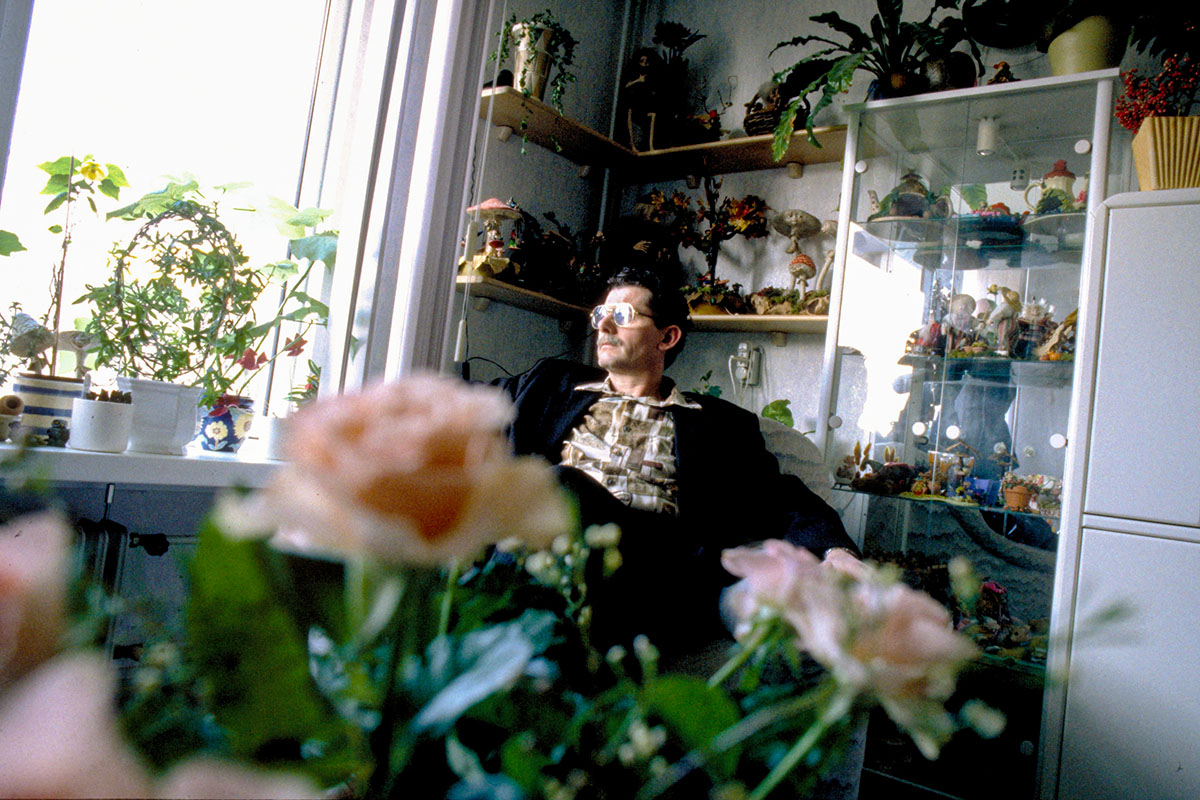
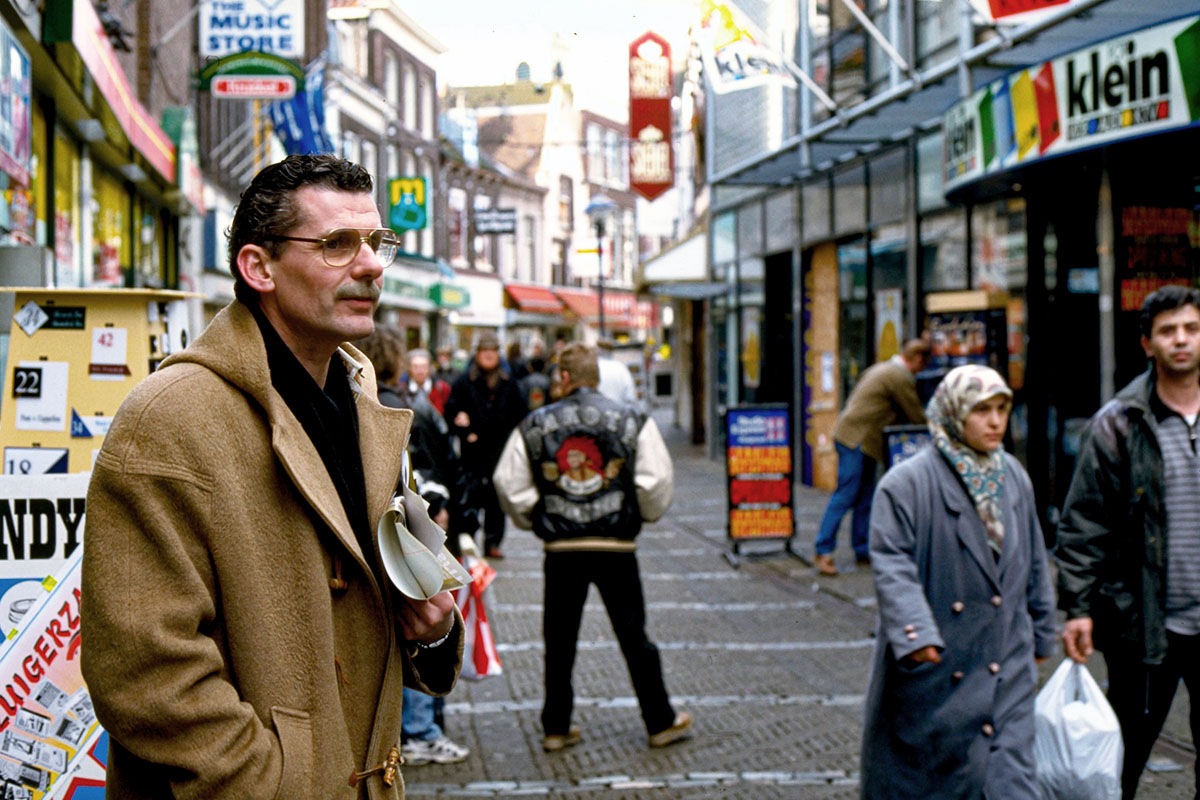
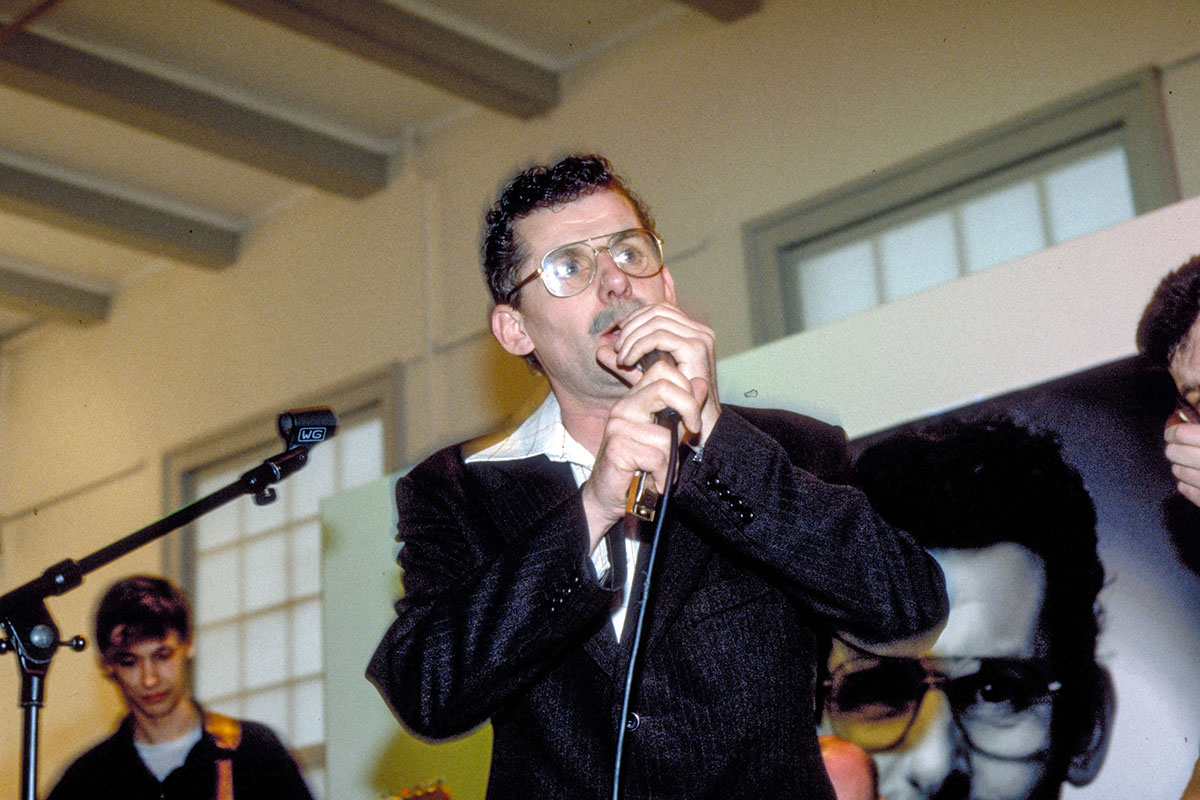
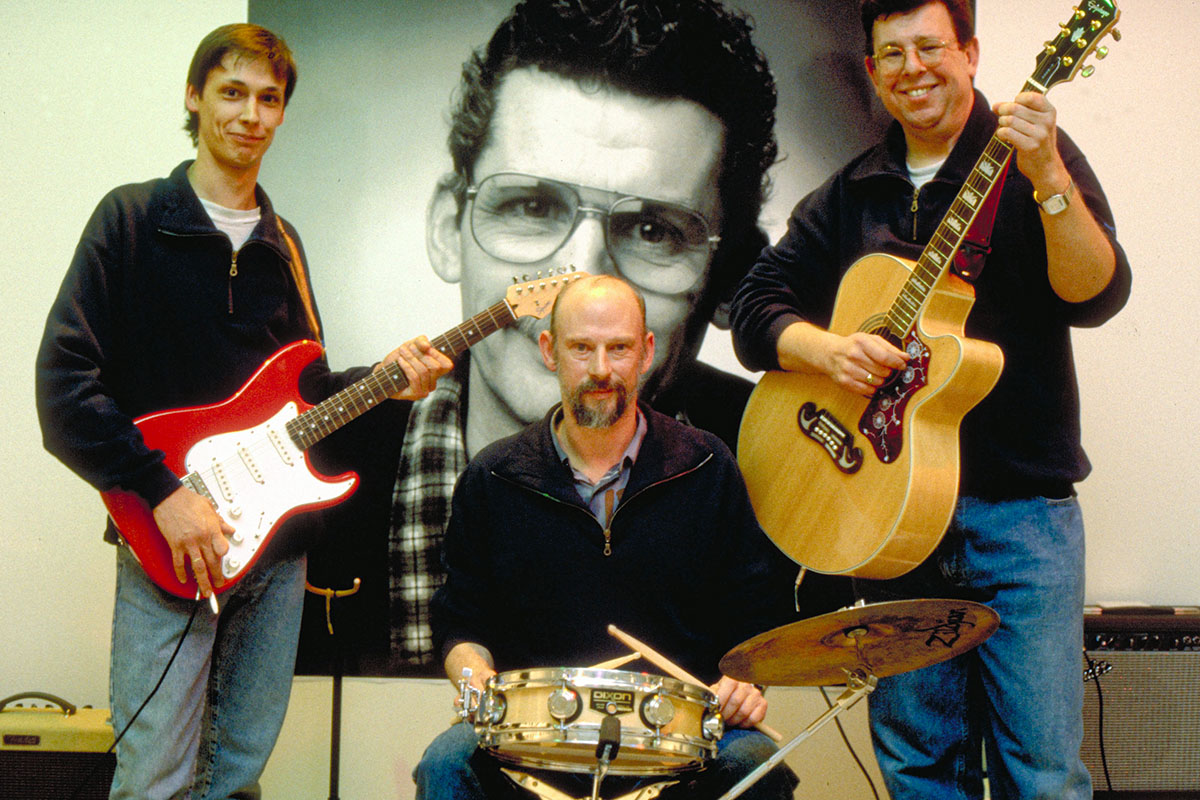
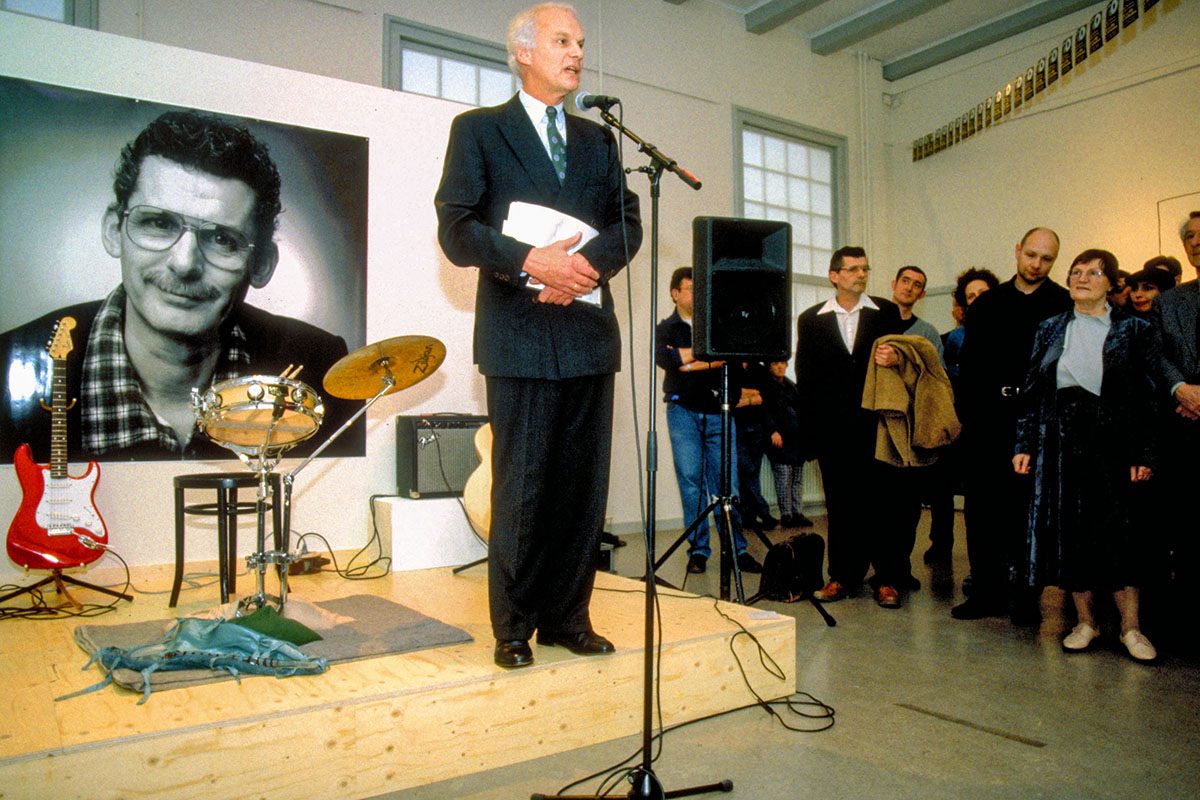
Invited by the Stedelijk Museum Schiedam in the Netherlands in 1998 to look at its relationship with its audience, Tracy & Edwin embarked on a prolonged period of research into the history and contemporary aspirations of the town. With access to City Council reports where the future of Schiedam was debated and forecast in the form of a male citizen, the idea developed of using the impending Dutch local elections to examine the identity crisis faced by the town. The fake political party List 0* was established, and the actor John Buijsman was commissioned to play party leader Koos van der Sluys. He took to the streets in parallel with the established campaigning parties, bringing List O to the attention of the Schiedammers, with us as his promotional team distributing flyers, folders and balloons – ‘No crap! List O!’
Koos’ role was to release ideas through interpersonal encounters, engaging with Schiedam’s citizens and visitors to give voice to social and human histories and stories so that the qualities of the town’s future identity may be described by its inhabitants and users.
The combination of location and the particular moment in time provided by the local elections, coupled with the opportunity to be a temporary co-inhabitant of Schiedam offered List 0, in the form of Koos, an ideal platform for receiving, studying and acting on the public’s opinion of Schiedam.
The video that documents Koos’ life as a resident and List 0’s campaign, was broadcast on national television during the official election campaign. Realising that we were campaigning for a fake party people quickly dropped their defences while stating their desire to have been able to vote for List 0, assuming it was a ‘protest party’, mocking local politics. Objecting to his party’s posters accidentally being covered by those of List 0, one local party candidate demanded live on radio the nullification of the campaign results.
Tracy & Edwin’s art practice was situated within the fabric of daily life, with the encounter positioned at its heart. This participatory, collaborative practice utilised documentary methods both outwith and within the art institution – filming on the street, presentation in the museum – familiar to political campaigns but relatively unknown in the locality as art that engages directly with interpersonal relations and social realities.
By foregrounding use and action they developed new methods through which the museum could connect with the changing perspectives of its audience. ‘Free entry, free coffee’ – the shopping public was stimulated to visit the museum where one gallery was set up as a campaign headquarters.
Simultaneous to the activity on the streets, the Museum functioned as List 0’s headquarters offering hospitality and a site where ideas could be exchanged. Both a place for presentation and for debate, it was a base from which citizens could scrutinise critically the political process and the museum’s role. Staff and visitors actively entered into dialogue with one another, the museum staff that made up Koos’ band practising daily on List 0’s podium. The museum-as-headquarters established the link between the internal and external worlds by presenting research, the documentary film about Koos van der Sluys as candidate, a publication, press material, and by holding presentations and other activities, and so described the genesis of a new identity that included the cultural history of a community.
By intervening in everyday life in the town, Koos facilitated List 0’s acceleration and intensification of the process of developing a future identity. List 0’s activity was an experimental form of historiography that simultaneously built the party ‘manifesto’ through the seamless intertwining of encounter, production, documentation and presentation.
*In the Netherlands a list number represents each political party. The lower the number, the more elected seats the party has.